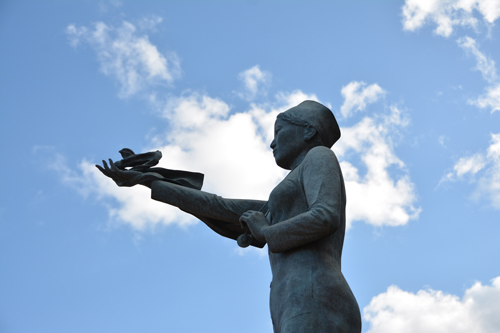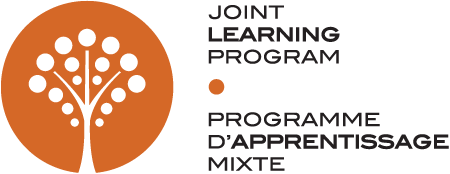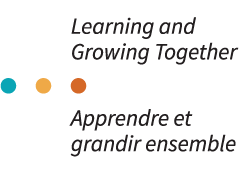The JLP marks the International Day for Human Rights
 On December 10, 1948, The United Nations General Assembly in Paris first proclaimed the Universal Declaration of Human Rights (UDHR). In the decades since, human rights have become more recognised and more guaranteed across the globe. The UDHR has since served as the foundation for an expanding system of human rights protection. It is the most-translated document in the world.
On December 10, 1948, The United Nations General Assembly in Paris first proclaimed the Universal Declaration of Human Rights (UDHR). In the decades since, human rights have become more recognised and more guaranteed across the globe. The UDHR has since served as the foundation for an expanding system of human rights protection. It is the most-translated document in the world.
At a time when the world was divided into distinct Western and Eastern blocks, penning a document that could be universally agreed-upon was a monumental challenge. The fact that the process was completed in less than two years is a testament to the determination and spirit of cooperation within the drafting committee.
I was participating in a truly significant historic event in which a consensus had been reached as to the supreme value of the human person… which gave rise to the inalienable right to live free from want and oppression and to fully develop one’s personality.
- Hernán Santa Cruz of Chile, member of the drafting sub-Committee
There are many options to learn more about human rights issues and history in Canada. You can explore the Canadian Museum for Human Rights’ Story Collection or visit the National Film Board’s Human Rights Collection,[DB1] which is particularly geared toward teens ages 12-14, but is accessible to all ages. For a more global perspective, visit the United Nations IDHR page.
The JLP offers in-person workshops and virtual discussions that explore human rights from a public-service perspective. Preventing Harassment and Violence in the Workplace, Respecting Differences and Anti-Discrimination, and Anti-Racism: Let’s Talk! all explore how human rights affect public-service employees and their workplace.
Photo: Ryan Brooklyn on Unsplash.com

